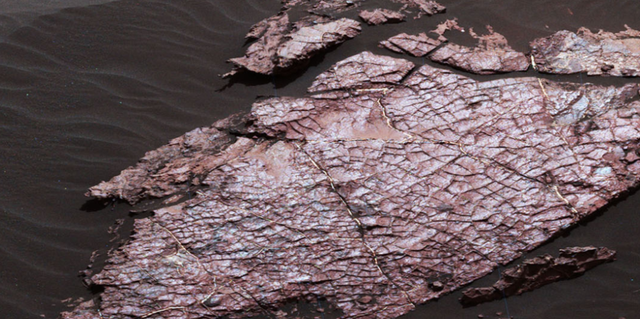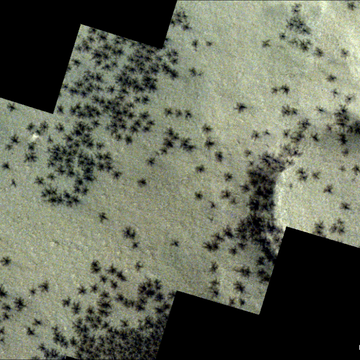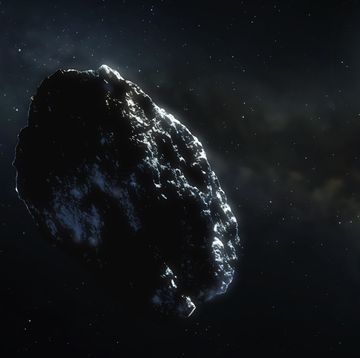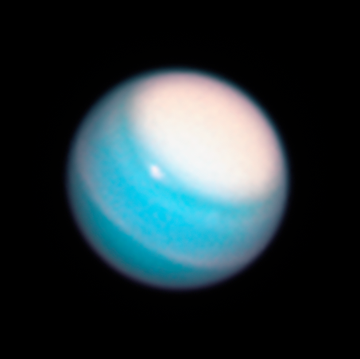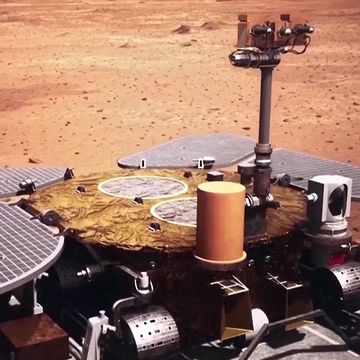NASA's Curiosity Rover recently examined slabs of rock with cracks that likely formed from drying Martian mud. This would be the first evidence of mud cracks discovered by Curiosity if the current interpretation is confirmed, and the desiccation cracks, as they are called, could offer insight into the drying period Mars went through as its surface water disappeared.
"Even from a distance, we could see a pattern of four- and five-sided polygons that don't look like fractures we've seen previously with Curiosity," said mission scientist Nathan Stein. "It looks like what you'd see beside the road where muddy ground has dried and cracked."
There are two types of cracks that Curiosity is investigating as it traverses Mount Sharp, officially known as Aeolis Mons. There are the surface-level cracks, which over time get filled with windblown sand or dust, as well as cracks underground. After loose sediment turns into rock, pressure from can lead to fracturing and the formation of underground veins.
"If these are indeed mud cracks, they fit well with the context of what we're seeing in the section of Mount Sharp Curiosity has been climbing for many months," said Curiosity scientist Ashwin Vasavada. "The ancient lakes varied in depth and extent over time, and sometimes disappeared. We're seeing more evidence of dry intervals between what had been mostly a record of long-lived lakes."
The cracks are just the latest discovery that Curiosity has made at Mount Sharp. So far the rover has found geologically complex purple rocks, evidence of giant ancient lakes, and cliff formations that "arguably rival photos taken in U.S. National Parks." If SpaceX's trips to Mars happen anytime soon, Mount Sharp might become a prime tourist attraction.
Source: NASA/JPL
David Grossman is a staff writer for PopularMechanics.com. He's previously written for The Verge, Rolling Stone, The New Republic and several other publications. He's based out of Brooklyn.
